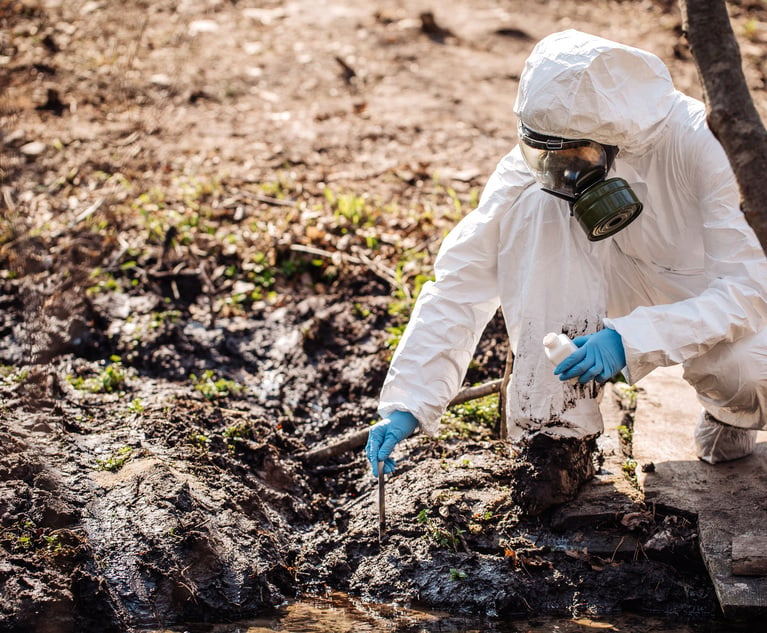This article surveys the legal issues pertinent to the acquisition by a public entity via eminent domain of property that either presently requires environmental remediation or has been fully remediated. The acquisition can take the form of a voluntary conveyance in lieu of condemnation or by forced taking in a condemnation proceeding. Unless varied by agreement between the public entity and the property owner, the relative rights and liabilities between the parties are generally the same in either scenario.
Background
Since the Supreme Court’s decision in Housing Authority of the City of New Brunswick v. Suydam Investors, 177 N.J. 2 (2003), the principal focus when contaminated property is condemned has been balancing the costs of remediation against the proper valuation for purposes of determining “just compensation” due the property owner. Cf. U.S. Const. Amend. V; N.J.S.A. Const. Art. 1, par. 20. At the time Suydam was decided, a far greater number of sites remained in active remediation status under various statutory regimes being overseen by an understaffed New Jersey Department of Environmental Protection (NJDEP). In 2009, however, the Site Remediation Reform Act (SRRA) was adopted and fully implemented as of May 7, 2012. The SRRA wrought sweeping changes to the clean-up of contaminated sites, the most significant of which was the delegation of oversight responsibility to private Licensed Site Remediation Professionals (LSRPs). This greatly accelerated the process, enabling numerous contaminated sites to achieve full remediation, with many more to arrive there shortly as completion deadlines commence in May 2019.







